

Will Burrard-Lucas has traversed the globe to capture some of the planet's most dangerous animals - as they have never been seen before
Rainbow coloured macaws perch on the side of a cliff in Peru, taken in July 2006. The birds foraged and nested among the rocks
'Back in 2009, I was trying to think of ways to achieve a photograph I had in mind of African wildlife - animals like lions, leopards and elephants - but I wanted to get my camera closer to them than had ever been done before and then use a wide-angled lens to show them from a different perspective.
'I stuck my camera on a remote-control buggy which I could then use to position it much closer to the animals than any human could get without getting mauled or trampled.'
The contraption, known as BeetleCam, looks like something out of Robot Wars, but Burrard-Lucas also uses smaller, motion-activated camera traps to photograph timid and nocturnal wildlife.
Whatever the method, perseverance is key to capturing the rarest species, such as the endangered African wild dog.
Unsurprisingly, the photographs of the pack Burrard-Lucas finally tracked down in the Luangwa Valley in Zambia are some of his favourite in the book.
He recalled: 'It took me months to find my first pack and ever since then I always get a real rush of adrenaline when I come across them.'
Burrard-Lucas's wife Natalie joins him on many of his trips and supplied words for the book - written while she was on maternity leave with their daughter Primrose.
 |  |
Day|Week

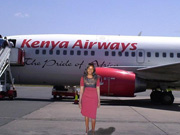 Kenyan woman's crappy photoshopped pictures make her a web celebrity
Kenyan woman's crappy photoshopped pictures make her a web celebrity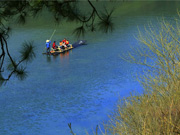 Magnificent view of E. China's Anhui province
Magnificent view of E. China's Anhui province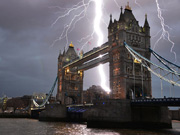 Global landmarks captured in striking shots
Global landmarks captured in striking shots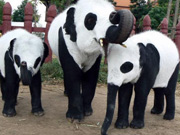 Thailand Elephants Disguised as Pandas Sparks Debates
Thailand Elephants Disguised as Pandas Sparks Debates College girl dresses as mermaid to mark World Water Day
College girl dresses as mermaid to mark World Water Day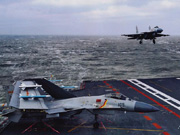 J-15 fighters in drill on Chinese aircraft carrier
J-15 fighters in drill on Chinese aircraft carrier 96-Year-Old Veteran Becomes Fashion Icon
96-Year-Old Veteran Becomes Fashion Icon Creative mother produces 232 unique breakfasts
Creative mother produces 232 unique breakfasts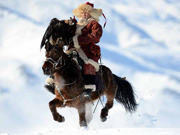 Charming folk customs in Kalajun Grassland
Charming folk customs in Kalajun Grassland A glimpse of ships and boats commissioned to PLA Navy in past 3 years
A glimpse of ships and boats commissioned to PLA Navy in past 3 years